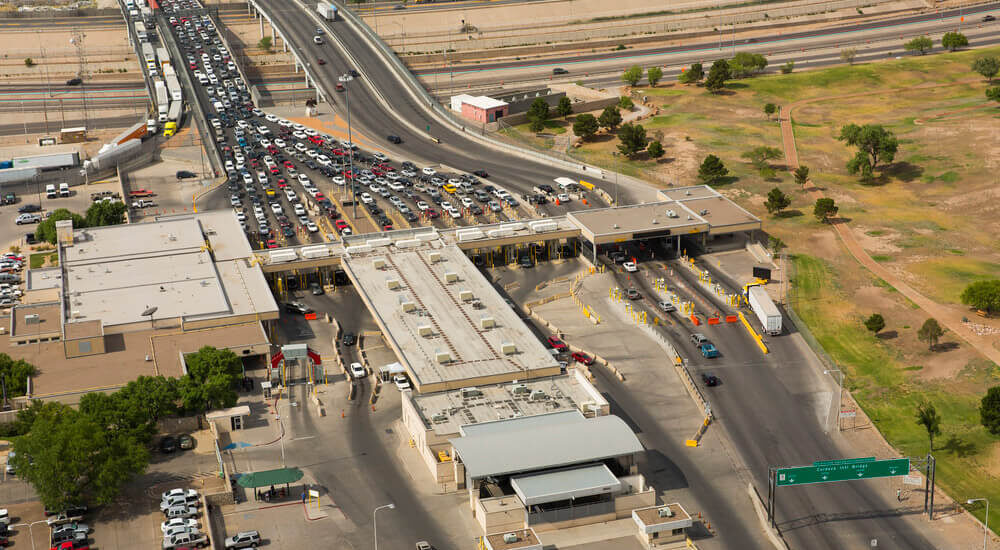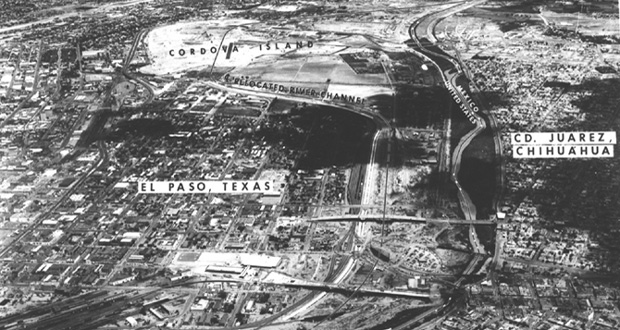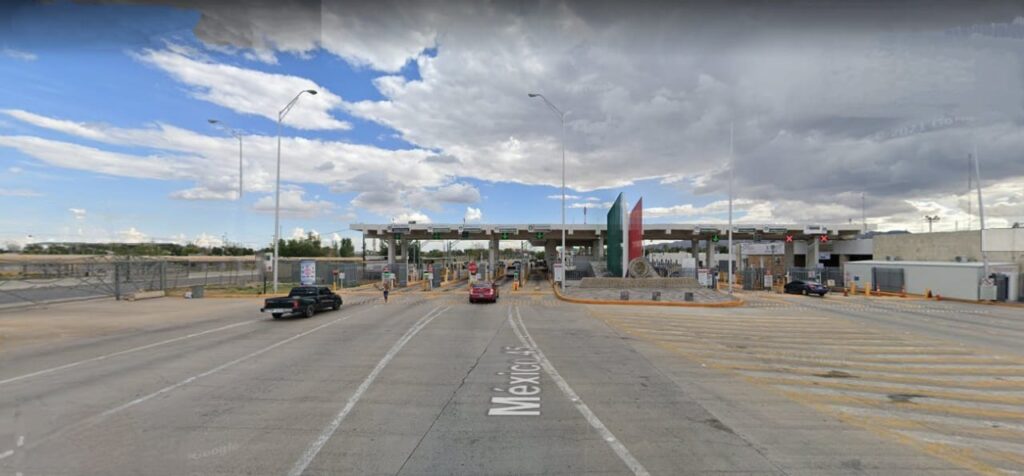Translated by Jesús Ronquillo / Circuito Frontera
Those who are compelled to cross into the United States for work or school-related reasons might believe they are very familiar with each of the international bridges that this border boasts.
However, most of the time, we are unaware that the urban structure wasn’t always there and didn’t always contribute to our citizen identity.
According to the historian from Ciudad Juárez, Antonio Ramos Solís, renowned for his persona “Don Chendo,” on August 27th, 1959, at 6 o’clock in the evening, the Cordova Americas International Bridge, better known as the Puente Libre, was inaugurated.
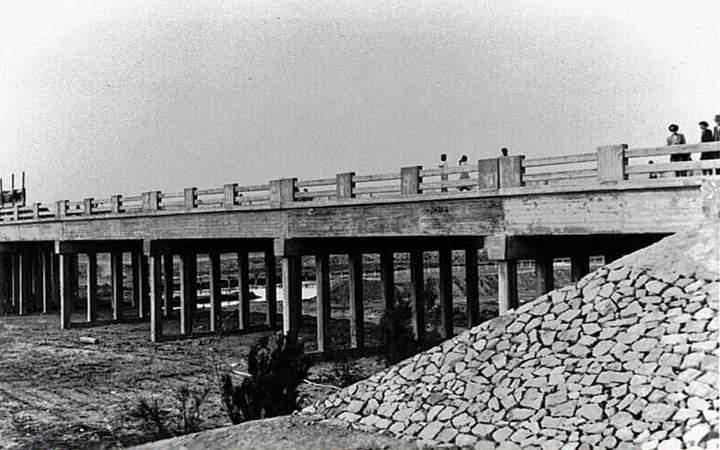
This is the only international bridge in Ciudad Juárez that can be used without needing to pay to access it, making it a favorite for many people.
As a result, people often refer to this international crossing as the “Puente Libre,” one of the busiest for those who daily travel from Ciudad Juárez to El Paso, Texas, or vice versa.
In the article “International bridges as historical elements of border identity,” authored by Brenda Isela Ceniceros Ortíz from the Autonomous University of Ciudad Juárez, in collaboration with Catherine Rose Ettinger Mcenulty from the Michoacana University of San Nicolás de Hidalgo, it is explained that its official name stems from the historical event of the “El Chamizal” dispute.
In the 1960s, this Mexican territory is returned to the country, and a portion of the area called “Isla de Córdova” once again becomes part of the United Mexican States.
This crossing gives its name to an important avenue: ‘avenida de las Americas’, which is located in the El Chamizal area, connecting the city with the I-10 highway in El Paso, Texas.
Initially, this bridge was a set of four bridges; two used for truck traffic and two for vehicular traffic, all with a length of 154.2 meters.
But later, in September 1993, governments from both sides of the border determined it necessary to replace the structures, because there was a risk to users of an imminent collapse.
In 1996, the construction of four other bridges began, which were completed two years later. Of these, two were designated for commercial traffic in both directions and the other two for passenger vehicles.
For those who choose to cross to the United States through this bridge, it is possible to have a view of ‘El Parque Chamizal’ from both sides of the border.
Additionally, there are monuments and historical structures such as the Monument to the Taking of El Chamizal, the iconic Plaza of the Flags or “The Indomables,” whose work is commonly referred to as “the horses.”
Likewise, it is very close to the El Chamizal Archaeology and History Museum, another reason that makes it a tourist option for those who decide to enter the country.
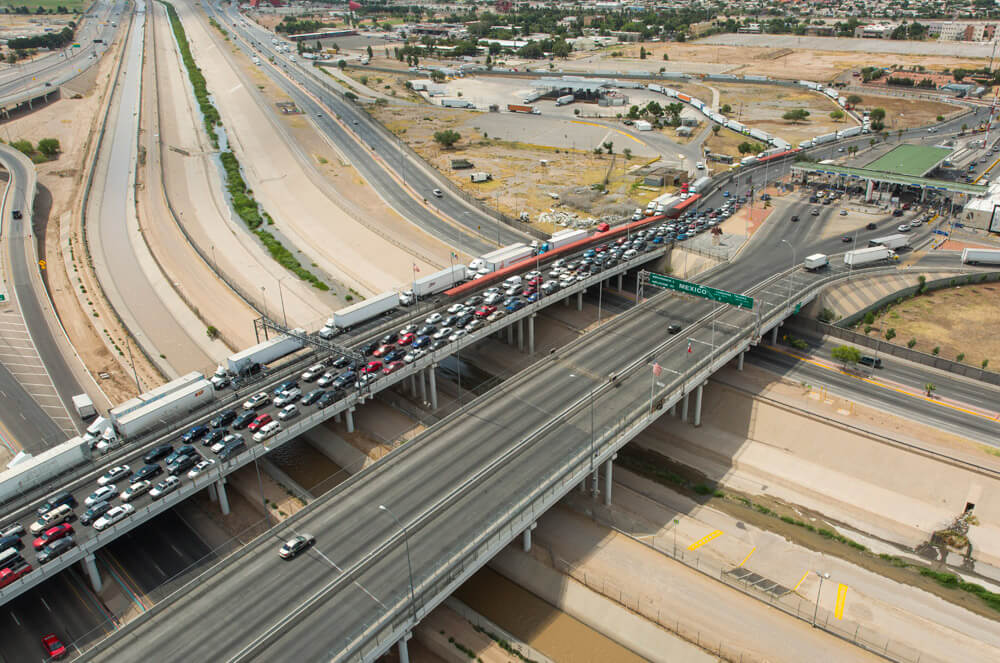
Aerial view of the bridge / Photo: Border Bridges Trust





